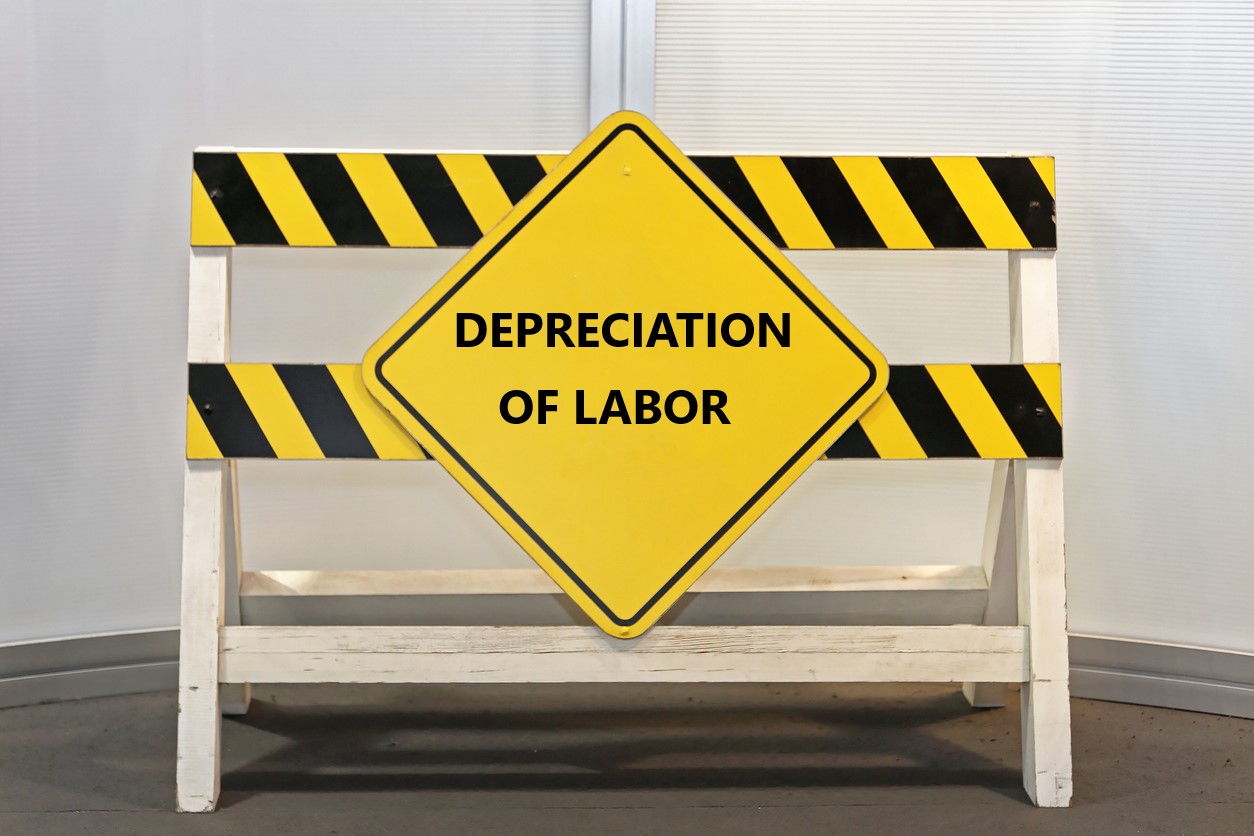The Texas Supreme Court released an interesting ruling recently. Many were intrigued by it because it appeared to be counterintuitive at first glance. In State Farm Lloyds et al. v. Page, No. 08-0799, 2010 WL 2331460 (Tex. June 11, 2010), the Court decided that mold damage to a woman’s personal property was covered in a standard homeowner’s insurance policy, but damage to her home was not.
Ms. Page’s all-risk policy included a general exclusion for mold, but the personal property damage section specifically noted that losses resulting from plumbing leaks were covered. State Farm argued that because the Court had previously held that an “ensuing loss” provision in the standard policy does not provide coverage for mold contamination caused by water damage that is otherwise covered under the policy, the Court should rule in its favor. Fiess v. State Farm Lloyd’s, 202 S.W.3d 744 (Tex. 2006).
However, the Court disagreed with State Farm’s interpretation of Fiess. The Court stated that even though the ruling in Fiess was broad, it could not conclude that the Fiess decision prohibited coverage for all mold damage no matter the cause, as State Farm claimed. The Court pointed out that it specifically mentioned that the Fiesses failed to preserve a claim for mold caused by plumbing and air conditioning leaks.
The Texas Supreme Court stated that although the mold exclusion did not apply to the personal property provisions of the policy–because loss caused plumbing leaks was specifically included–it did apply to coverage for damage to the dwelling because that was specifically excluded.
This case just goes to show you that interesting rulings that may seem counterintuitive at first brush are usually backed by persuasive logic and reasoning. We may not always agree with a court’s decisions, but at least we get the opportunity to review why the court ruled the way it did.



